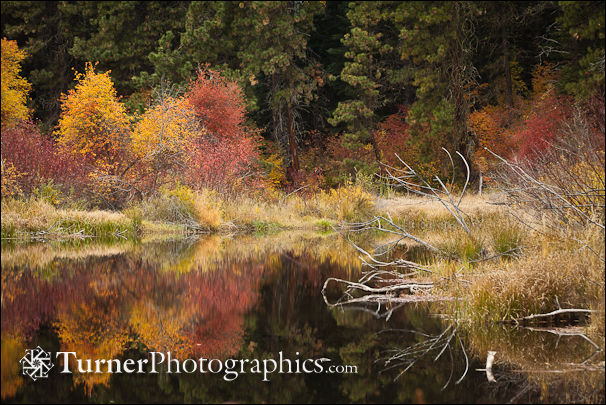I’ve been logging a lot of road miles this spring while seeking trees and shrubs for a new book. But it’s not all work and no fun.
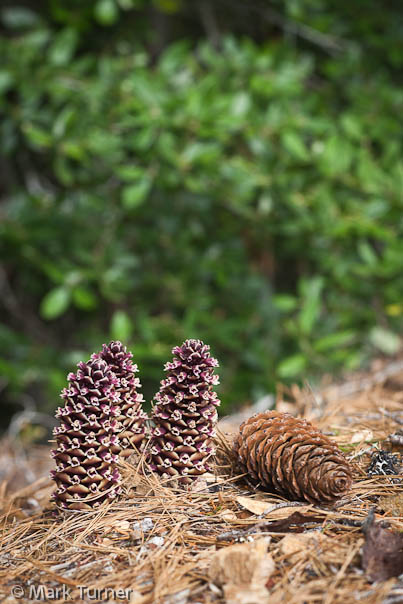 This afternoon, after wrapping up a three-day photography workshop for the Siskiyou Field Institute in Selma, Oregon, I headed south on US 199 toward Gasquet, California. It’s only about 40 miles and I was on the lookout for several trees and shrubs. One of my scouted locations was on the old highway over Oregon Mountain, now a little-traveled back road with crumbling asphalt and wilderness-like conditions on both sides.
This afternoon, after wrapping up a three-day photography workshop for the Siskiyou Field Institute in Selma, Oregon, I headed south on US 199 toward Gasquet, California. It’s only about 40 miles and I was on the lookout for several trees and shrubs. One of my scouted locations was on the old highway over Oregon Mountain, now a little-traveled back road with crumbling asphalt and wilderness-like conditions on both sides.
As I came around one of the switchback corners I spied a pair of huge western white pine trunks and decided to stop for a photo. Almost immediately I noticed the unusual and uncommon California ground-cone growing at the base of the trees. Technically, the ground-cone was under a scraggly madrone. That’s the host plant for this parasitic flowering plant with no leaves and no chlorophyll.
I moved a fallen white pine cone next to the ground-cone to show how much this plant resembles a pine cone. It’s a very cool plant, but one that I think would be nearly impossible to grow in a garden. As I drove on down the road I found another pair of ground-cones right at the edge of the old asphalt.
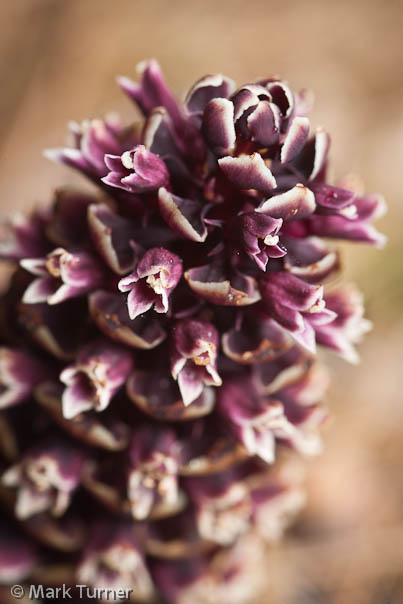 Even up close, ground-cone looks a lot like a pine cone. The individual flowers themselves are nearly hidden inside the purplish bracts.
Even up close, ground-cone looks a lot like a pine cone. The individual flowers themselves are nearly hidden inside the purplish bracts.
You can see more photos of this plant (but not as fresh as the one I photographed today) on the PNW Flowers website. The photos there were made just a few miles west, on the outskirts of Grant’s Pass, Oregon back in 2004.
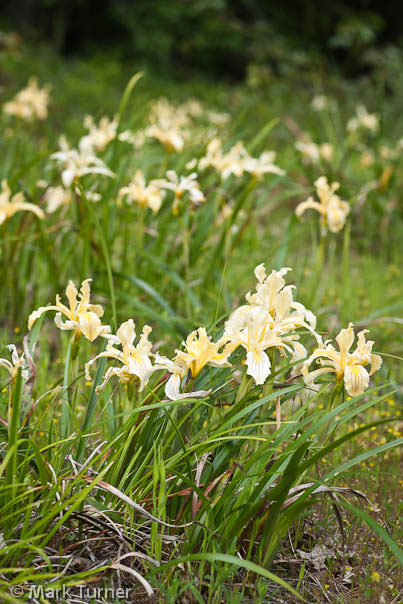 Just on the Oregon side of the border, splayed out across the grassy expanse under a power line, I found masses of Siskiyou Iris, Iris bracteata. There are scattered clumps of these yellow gems all over the southern Oregon Siskiyou region right now, but I’d never seen so many in one place. These were just outside the tiny burg of O’Brien and right at the side of US 199.
Just on the Oregon side of the border, splayed out across the grassy expanse under a power line, I found masses of Siskiyou Iris, Iris bracteata. There are scattered clumps of these yellow gems all over the southern Oregon Siskiyou region right now, but I’d never seen so many in one place. These were just outside the tiny burg of O’Brien and right at the side of US 199.
Siskiyou Iris are very growable in gardens. We have a couple of plants in our Bellingham garden, where they bloomed a week or so ago. Color is variable, from pale to deep yellow. They’re part of the complex of iris often referred to as Pacific Coast Iris.
The shocking roadside flower discovery late in the day, and along a narrow stretch of highway with no place to pull over, was a clump of California lady-slipper orchids and several clumps of Siskiyou lewisia. Both plants were growing from cracks in a cliff above the road along the Middle Fork Smith River. I had to content myself with merely enjoying a fleeting glance at them as I drove by.
Be sure to keep your eyes open, and your botany ID skills sharp, as you drive around. You never know what you might discover in an unexpected place.
When you stop to photograph roadside gems, be sure to find a safe wide spot to pull over and watch for traffic. I made these images with my 100mm macro lens, my favorite for photographing flowers. Clouds had rolled in and I worked in a light rain while shooting the ground-cone.
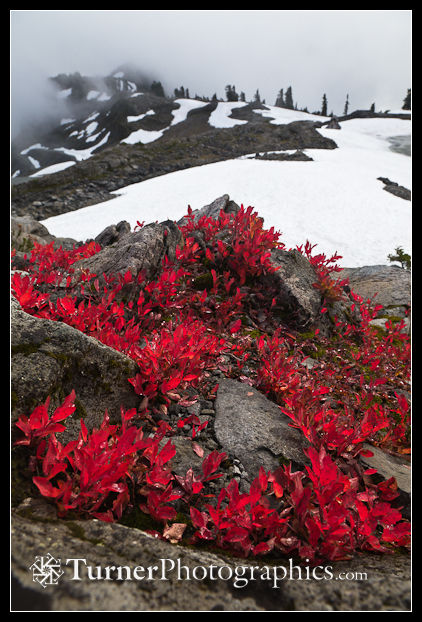 It’s not often that the Latin name of a plant tells us how tasty it is to eat. This month’s plant, Vaccinium deliciosum, has a name that does just that. Vaccinium is the genus for all the west coast blueberries and huckleberries. The species epithet, deliciosum, tells us that it has delicious berries. Continue reading
It’s not often that the Latin name of a plant tells us how tasty it is to eat. This month’s plant, Vaccinium deliciosum, has a name that does just that. Vaccinium is the genus for all the west coast blueberries and huckleberries. The species epithet, deliciosum, tells us that it has delicious berries. Continue reading 

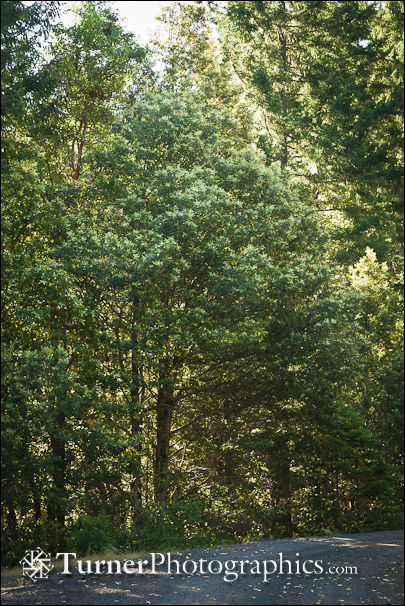
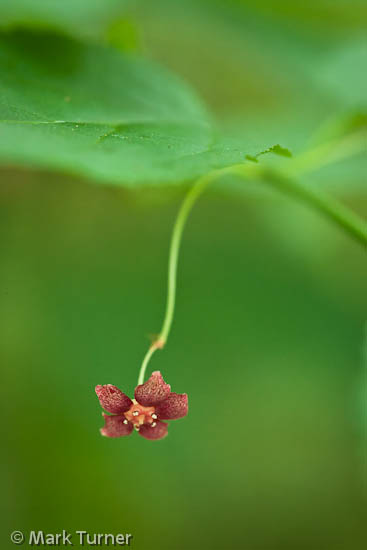 Western Wahoo, otherwise known as Western Burning Bush or Euonymus occidentalis, is an uncommon shrub in the forests of southwest Washington. In fact, it’s considered a sensitive species and the online herbarium records withhold the exact locations of the specimens.
Western Wahoo, otherwise known as Western Burning Bush or Euonymus occidentalis, is an uncommon shrub in the forests of southwest Washington. In fact, it’s considered a sensitive species and the online herbarium records withhold the exact locations of the specimens. This afternoon, after wrapping up a three-day photography workshop for the
This afternoon, after wrapping up a three-day photography workshop for the  Even up close, ground-cone looks a lot like a pine cone. The individual flowers themselves are nearly hidden inside the purplish bracts.
Even up close, ground-cone looks a lot like a pine cone. The individual flowers themselves are nearly hidden inside the purplish bracts. Just on the Oregon side of the border, splayed out across the grassy expanse under a power line, I found masses of Siskiyou Iris, Iris bracteata. There are scattered clumps of these yellow gems all over the southern Oregon Siskiyou region right now, but I’d never seen so many in one place. These were just outside the tiny burg of O’Brien and right at the side of US 199.
Just on the Oregon side of the border, splayed out across the grassy expanse under a power line, I found masses of Siskiyou Iris, Iris bracteata. There are scattered clumps of these yellow gems all over the southern Oregon Siskiyou region right now, but I’d never seen so many in one place. These were just outside the tiny burg of O’Brien and right at the side of US 199.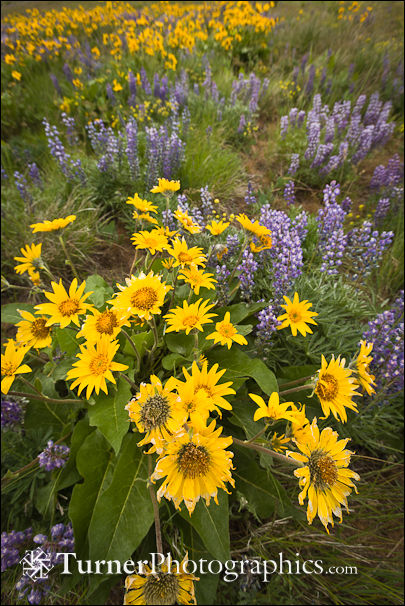
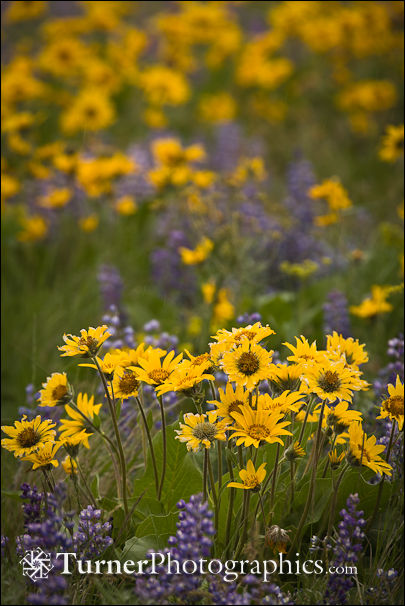
 When you’re tiny and looking to get pollinated this early in the season you’ve gotta put on a show. At least that’s one way to look at this Common Filbert, Corylus avellana, blossom. All that feathery red stuff is part of the female flower. Dangling in the background are the long male catkins which soon will be releasing drifts of pollen to be carried across the void.
When you’re tiny and looking to get pollinated this early in the season you’ve gotta put on a show. At least that’s one way to look at this Common Filbert, Corylus avellana, blossom. All that feathery red stuff is part of the female flower. Dangling in the background are the long male catkins which soon will be releasing drifts of pollen to be carried across the void. Here are the male flowers on the same plant. Each dangling catkin has many individual blossoms. Last year’s foliage is still on some of the branches, weathered to a nice shade of brown.
Here are the male flowers on the same plant. Each dangling catkin has many individual blossoms. Last year’s foliage is still on some of the branches, weathered to a nice shade of brown.
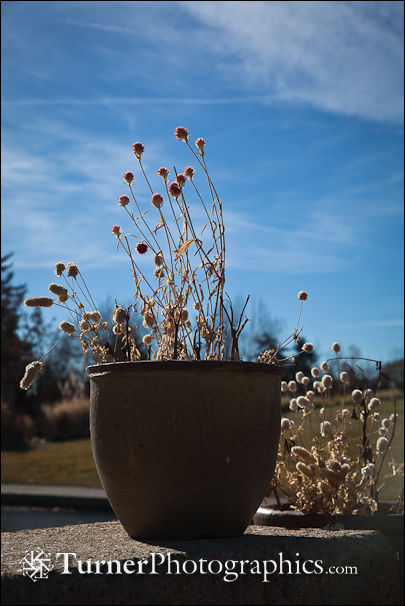 Resist the temptation. Do not get in a hurry to cut down those spent flower stems when the blooms fade.
Resist the temptation. Do not get in a hurry to cut down those spent flower stems when the blooms fade. December and January are dark, cool, and wet in Pacific Northwest lowlands while the high country is buried under a thick blanket of snow. It’s sometimes challenging to bring high-elevation plants down to lowland gardens but Mountain Hemlock, Tsuga mertensiana, is an exception.
December and January are dark, cool, and wet in Pacific Northwest lowlands while the high country is buried under a thick blanket of snow. It’s sometimes challenging to bring high-elevation plants down to lowland gardens but Mountain Hemlock, Tsuga mertensiana, is an exception. 